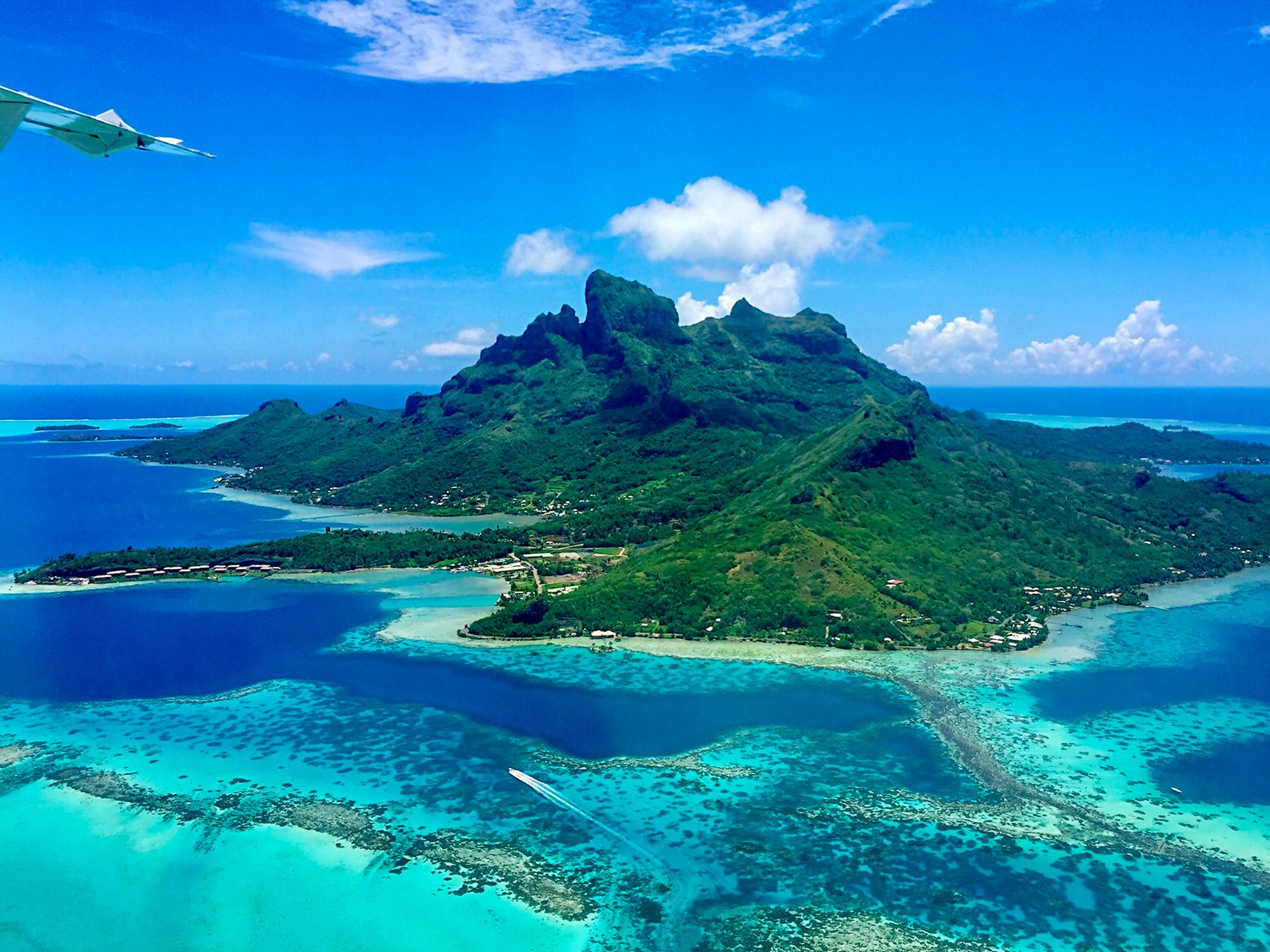Stamp: Mouflon (France 2025)
Mouflon (France 2025)
28 April (France ) within release Collector : Corsica. Following the GR 20 goes into circulation Stamp Mouflon face value Lettre No Face Value
| Stamp Mouflon in catalogues | |
|---|---|
| Colnect codes: | Col: FR-COLL 2025-13/8 |
Stamp is square format.
GR = Grande Randonnee. Hiking Trail.Also in the issue Collector : Corsica. Following the GR 20:
- Stamp - Bavella face value Lettre;
- Stamp - Ciuttulu di Mori Refuge face value Lettre;
- Souvenir Sheet - Corsica. Following the GR 20 face value 8*Lettre;
- Stamp - Haut Taravu face value Lettre;
- Stamp - Helbronnet Shelter face value Lettre;
- Stamp - Mouflon face value Lettre;
- Stamp - Ninu Lake face value Lettre;
- Stamp - Passerelle de Spasimat a face value Lettre;
- Stamp - Usciola Refuge face value Lettre;
Stamp Mouflon it reflects the thematic directions:
Animals are multicellular, eukaryotic organisms of the kingdom Animalia (also called Metazoa). All animals are motile, meaning they can move spontaneously and independently, at some point in their lives. Their body plan eventually becomes fixed as they develop, although some undergo a process of metamorphosis later on in their lives. All animals are heterotrophs: they must ingest other organisms or their products for sustenance.
An island or isle is a piece of land, distinct from a continent, completely surrounded by water. There are continental islands, which were formed by being split from a continent by plate tectonics, and oceanic islands, which have never been part of a continent. Oceanic islands can be formed from volcanic activity, grow into atolls from coral reefs, and form from sediment along shorelines, creating barrier islands. River islands can also form from sediment and debris in rivers. Artificial islands are those made by humans, including small rocky outcroppings built out of lagoons and large-scale land reclamation projects used for development.
Mammals are any vertebrates within the class Mammalia (/məˈmeɪli.ə/ from Latin mamma "breast"), a clade of endothermic amniotes distinguished from reptiles (including birds) by the possession of a neocortex (a region of the brain), hair, three middle ear bones and mammary glands. All female mammals nurse their young with milk, secreted from the mammary glands. Mammals include the largest animals on the planet, the great whales. The basic body type is a terrestrial quadruped, but some mammals are adapted for life at sea, in the air, in trees, underground or on two legs. The largest group of mammals, the placentals, have a placenta, which enables the feeding of the fetus during gestation. Mammals range in size from the 30–40 mm (1.2–1.6 in) bumblebee bat to the 30-meter (98 ft) blue whale. With the exception of the five species of monotreme (egg-laying mammals), all modern mammals give birth to live young. Most mammals, including the six most species-rich orders, belong to the placental group. The largest orders are the rodents, bats and Soricomorpha (shrews and allies). The next three biggest orders, depending on the biological classification scheme used, are the Primates (apes and monkeys), the Cetartiodactyla (whales and even-toed ungulates), and the Carnivora (cats, dogs, seals, and allies).



